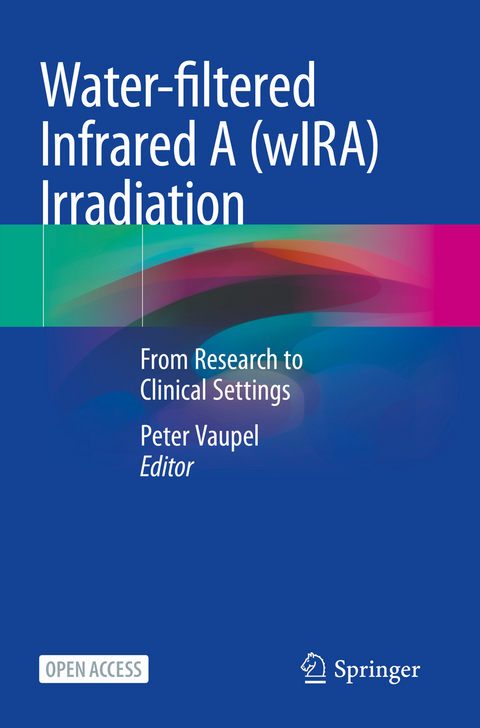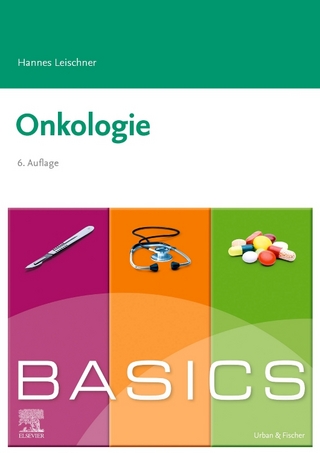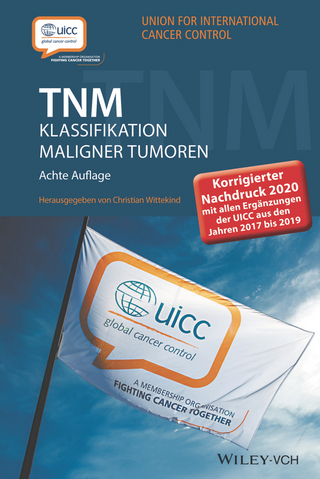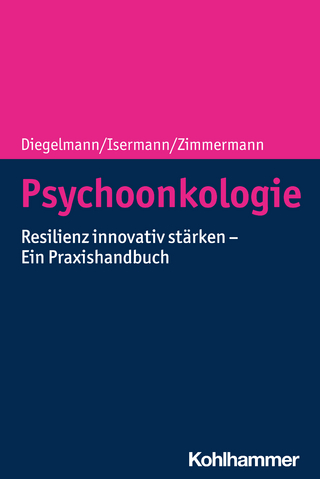
Water-filtered Infrared A (wIRA) Irradiation
Springer International Publishing (Verlag)
978-3-030-92882-7 (ISBN)
The aim of this open access book is to provide a unique, timely, critical and comprehensive compilation of more than 30 years of robust international experimental and clinical research related to the basic science and therapeutic application of water-filtered infrared-A (wIRA) and hyperthermia in oncology, psychiatry (depression), musculoskeletal disorders, dermatology, infectiology, and surgery. This is an internationally absolutely unique attempt which publication is timely and of great interest in medical as well as in natural sciences.
The aim is to enhance communication and advance the use of heat therapy for patient benefit, and to generate an environment in which anyone with an interest in hyperthermia can discuss, collaborate, network, and share events and resources. Productive dialogue and discussion among scientists and practitioners on issues relating to hyperthermia therapy is essential, especially relating to thermal transmission by water-filtered infrared-A (wIRA). The specificity and advantage of this technology is its tolerance by tissue, and its penetration of up to 3 cm allows the delivery of high heat dosages that are relevant across multiple clinical indications.
Currently, wIRA is being applied in Austria, Germany, Portugal, Switzerland, The Netherlands, UK and the USA. The authors' hope is that its use will increase in these countries, and also expand into others.
This book will be an invaluable tool for oncologists, surgeons, dermatologists as well as physiotherapists.
lt;p>Professor Peter Vaupel studied Medicine at the University of Mainz and was awarded the degree of M.D. in 1968 and the degree of Dr. med. in 1969. Thereafter, he underwent training in surgery, internal medicine, obstetrics and gynaecology, and following military service he returned to academic life at the Institute of Physiology, University of Mainz, as a research assistant. His interests turned to the microenvironment of solid tumors. This new area of research proved to be so fascinating and compulsive for Dr. Vaupel that it has kept him occupied for over 30 years! Initially, Dr. Vaupel carried out theoretical and experimental studies on oxygenation and metabolites in tissue-isolated tumors, for which he was awarded the degree of Dr. med. habil. In 1974. Following promotions to Assistant Professor (1972) and Associate Professor (1975), Dr. Vaupel was appointed Full Professor of Physiology in 1977 and became Head of the Department of Applied Physiology at the University of Mainz in 1984. In 1987 he left Mainz to take up the newly established Andrew Werk Cook Professorship of Radiation Biology/Physiology at Harvard Medical School. In 1989 Dr. Vaupel assumed the position as Professor and Chairman of the Department of Pathophysiology at the Institute of Physiology and Pathophysiology at the Johannes Gutenberg-University of Mainz. Since 1998, Professor Vaupel has been a Full Member of the Academy of Science and Literature at Mainz. Dr. Vaupel has managed to dedicate a great deal at effort to the teaching of physiology, as documented by five standard textbooks of Physiology and Pathophysiology. He serves in an advisory capacity to many national and international science foundations and is currently a member of several professional societies, serves on the editorial boards of numerous professional journals and has edited a series of monographs addressing topics in tumor pathophysiology. Over the past 33 years, Dr. Vaupel has published more than 360 well-cited articles and made approximately 560 scientific presentations in which a wide range of therapeutically relevant pathophysiological parameters have been examined. Over the last 25 years, a major focus of Dr. Vaupel's research has been on the effects of hyperthermia, and much of this research has concentrated on the reciprocal influence of microenvironmental parameters and hyperthermia. With these studies he has made a considerable contribution to our current knowledge of the pathophysiological behaviour of solid tumors upon localized heat treatment and the impact of the special tumor pathophysiology on treatment outcome. In cooperation with Dr. Debra Kelleher, ongoing research is focusing on the development of new treatment modalities such as simultaneously applied combination of localized hyperthermia and photodynamic therapy.
A. PRINCIPLES.- 1. Glossary used in wIRA-Hyperthermia.- 2. From sun to therapeutic wIRA.- 3. Physical and Photobiological Basics of wIRA-Hyperthermia.- 4. Thermography and thermometry in wIRA-hyperthermia.- 5. Temperature profiles and oxygenation status in human skin and subcutis upon thermography-controlled wIRA-hyperthermia.- 6. Effects of water-filtered infrared A (wIRA) on cells in tissue culture: The example of human fibroblasts.- B. CLINICAL PRACTICE.- ONCOLOGY.- 7. Thermography-controlled, contact-free wIRA-hyperthermia (wIRA-HT) combined with hypofractionated radiotherapy for large-sized lesions of unresectable locally recurrent breast cancer.- 8. Combined use of wIRA and microwave or radiofrequency hyperthermia.- 9. Whole body hyperthermia in Oncology: Renaissance in the immunotherapy era.- 10. Gold Nanoparticles and Infrared Heating: Use of the Hydrosun wIRA Irradiator.- 11. Water-filtered infrared-A (wIRA) irradiation: A potent strategy to improve anti-tumor immune responses in superficial malignancies.- PSYCHIATRY.- 12. Whole-Body Hyperthermia: Historical aspects, current use, and future perspectives.- 13. Whole body hyperthermia in psychiatry.- NEONATOLOGY.- 14. Mode of action, efficacy, and safety of radiant heaters in neonatology.- DERMATOLOGY.- 15. Water-filtered Infrared-A irradiation in wound treatment.- 16. The clinical application of wIRA-irradiation in burn wounds.- 17. Influence of wIRA-irradiation on wound healing: Focus on the dermis.- 18. Water-filtered infrared A (wIRA): from observations in clinical studies to complex in vitro models.- 19. Therapeutic use of water-filtered infrared-A irradiation in dermatology.- RHEUMATOLOGY.- 20. Evaluation of the effectiveness of a water-filtered infrared-A therapy (wIRA) applied to the hands in patients with osteoarthritis and non-inflammatory arthralgia - preliminary data.- 21. Water-filtered Infrared-A radiation in axial spondyloarthritis - heat for lower back pain?.- INFECTIOLOGY.- 22. Water-filtered Infrared-A radiation (wIRA): Novel treatment options for chlamydial infections.- 23. Safety assessment of water-filtered Infrared A (wIRA) on the eye as a novel treatment option for chlamydial infections.- OTHER.- 24. Recommended Reading.
| Erscheinungsdatum | 07.05.2022 |
|---|---|
| Zusatzinfo | XXV, 292 p. 117 illus., 111 illus. in color. |
| Verlagsort | Cham |
| Sprache | englisch |
| Maße | 155 x 235 mm |
| Gewicht | 492 g |
| Themenwelt | Medizin / Pharmazie ► Medizinische Fachgebiete ► Onkologie |
| Schlagworte | Hyperthermia in Oncology • Hyperthermia in Physiotherapy • Hyperthermia in Wound-Healing • Hyperthermia therapies in practise and experiment • open access • whole body hyperthermia |
| ISBN-10 | 3-030-92882-9 / 3030928829 |
| ISBN-13 | 978-3-030-92882-7 / 9783030928827 |
| Zustand | Neuware |
| Haben Sie eine Frage zum Produkt? |
aus dem Bereich


